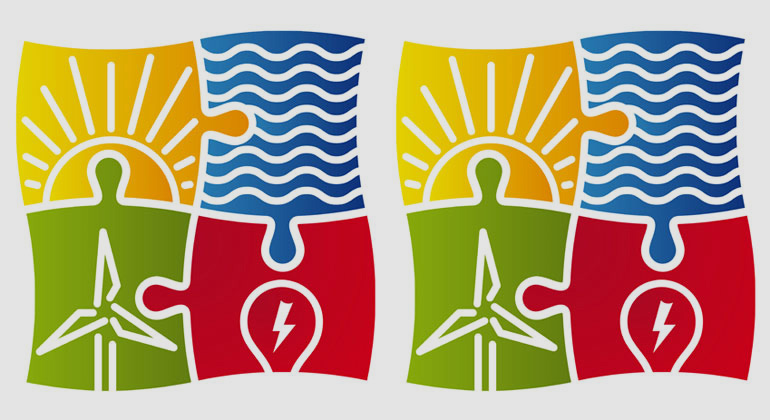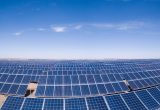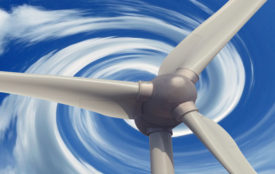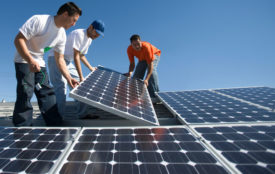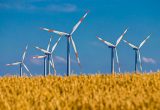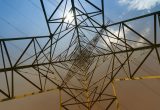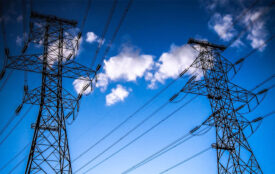COP21: Technology solutions are in place for 100% renewable energy future
International renewable energy organisations have come together at COP21 in Paris to demonstrate that reliable 100% renewable energy is not only possible, but that systems already exist today with significant potential for expansion.
The side event, organised by the REN Alliance – a partnership of organisations representing the solar, wind, geothermal, hydropower and bioenergy sectors – demonstrated the realities of 100% renewables at all scales.
The event provided case studies of communities, cities, countries and regions, where various high-penetration combinations of renewable energy technologies are working together. Technical solutions for a 100% renewable energy systems are in place today, along with the will to invest, and resource availability is plentiful from region to region.
David Renné, president of the International Solar Energy Society (ISES), said: “The solar energy potential is vast. Working with other renewable energy technologies, it will provide an important component of 100% renewable energy systems.
“There is plenty of financial capital and public engagement available to support the transformation. We now just need the political will of national governments to create an effective policy and regulatory environment to drive us towards a 100% renewable energy future.”
Stefan Gsänger, secretary general of the World Wind Energy Association, said: “It is a great achievement of our work in the past that this COP21 for the very first time has a focus on renewable energy, and that many governments are supporting the call for a 100% renewable energy future. Of course such statements need to be followed by real action.
“Wind power can and will contribute a substantial share of the future energy supply. WWEA has identified a global wind potential of more than 100 TW, and we have analysed that by 2050, wind could provide 40% of the global power demand.”
Marietta Sander, executive director of the International Geothermal Association, said: “The COP21 Energy Day showed solutions, innovative practical case studies from around the world and examples of how strategic alliances can help to overcome knowledge gaps.
“Geothermal energy works cohesively with other renewable technologies to provide opportunities and financially viable answers to how national leaders can provide electricity to energy-poor communities.”
Heinz Kopetz, president of the World Bioenergy Association, said: “Renewables can cooperate successfully. They should contribute more than 50% to the energy supply by 2035 in order to comply with the 2°C target. This is possible if governments reduce subsidies for fossil fuels, introduce a price on carbon and strengthen the support of all renewables.
“Bioenergy in the form of heat, transport fuels and electricity can cover more than 25% of the global energy needs by 2035.”
Richard Taylor, chief executive of the International Hydropower Association, said: “Over 1 billion people are provided with reliable, clean renewable energy through hydropower today, with the potential to double its contribution by 2050.
“As the world’s leaders gather at COP21 to reach a climate agreement, the renewables family has demonstrated the contribution that the renewables revolution is already making to climate change mitigation. By combining all the renewable technologies, the whole world could be supplied by renewable energy for power, heat and transport.”
Renewable energy sources accounted for 22.8% of the world’s total electricity production at the end of 2014, according to REN21’s 2015 Global Status Report.
You can download presentations from the side event here:
- Solar (ISES)
- Wind (WWEA)
- Geothermal (IGA)
- Bioenergy (WBA)
- Hydropower (IHA)
Source
The International Renewable Energy Alliance (REN Alliance) 2015 | iha – international hydropower association 2015
